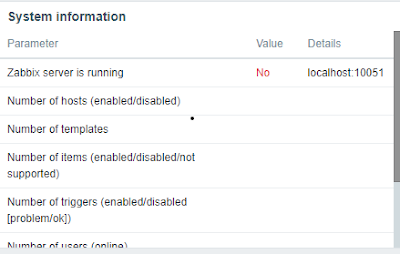Networking Basis
Networking basics refer to the fundamental concepts and principles that form the foundation of computer networking. Understanding these basics is essential for anyone interested in or working with computer networks. Here are some key networking basics:
Network: A network is a collection of interconnected devices, such as computers, servers, printers, and switches, that communicate and share resources with each other.
Nodes: Nodes are the individual devices or computers connected to a network. Each node has a unique address called an IP address.
IP Address: An IP address is a numerical label assigned to each device on a network. It serves as an identifier and enables devices to communicate with each other over an IP-based network, such as the Internet.
Protocols: Network protocols define the rules and conventions for communication between devices. Examples of network protocols include TCP/IP (Transmission Control Protocol/Internet Protocol), HTTP (Hypertext Transfer Protocol), and DNS (Domain Name System).
LAN and WAN: A Local Area Network (LAN) is a network that connects devices within a limited geographic area, such as a home, office, or campus. In contrast, a Wide Area Network (WAN) spans a larger geographic area and connects LANs together, often through the use of routers and leased lines.
Routers and Switches: Routers and switches are networking devices used to facilitate communication within a network. Routers connect multiple networks and forward data packets between them, while switches connect devices within a local network.
Bandwidth: Bandwidth refers to the maximum amount of data that can be transmitted over a network connection in a given amount of time. It is typically measured in bits per second (bps) and determines the speed at which data can be transferred.
Network Topologies: Network topology refers to the physical or logical layout of a network. Common network topologies include bus, star, ring, and mesh, each with its own advantages and disadvantages.
Network Security: Network security involves protecting a network and its resources from unauthorized access, attacks, and data breaches. It includes measures such as firewalls, encryption, authentication, and intrusion detection systems.
Network Addressing: Network addressing involves assigning unique addresses to devices on a network. This includes IP addressing (IPv4 and IPv6), subnetting, and network masks.
These are just some of the basic concepts in computer networking. Networking is a vast field, and there is much more to explore, including network protocols, wireless networking, network troubleshooting, and network administration. Building a strong foundation in networking basics is crucial for further understanding and working with complex networking technologies and concepts.
The Networking Basics course teaches the fundamentals of networking by covering the basic concepts and skills needed to set up and manage your small office or home office (SOHO) network. The learner is presented with an engaging and exploratory view of networks, the devices that comprise them, how they work, and basic troubleshooting tools and techniques. The goal of this course is to provide the learner with an engaging, exploratory view of networks, including the internet. Upon completion of the Networking Basics course, students will be able to perform the following tasks:
- Explain important concepts in network communication.
- Explain network types, components, and connections.
- Configure mobile devices for wireless access.
- Configure an integrated wireless router and wireless client to connect securely to the internet.
- Explain the importance of standards and protocols in network communications.
- Describe common network media.
- Explain how communication occurs on Ethernet networks.
- Explain the features of an IP address.
- Explain how IPv4 addresses are used in network communication and segmentation.
- Explain features of IPv6 addressing.
- Configure a DHCP server.
- Explain how routers connect networks together.
- Explain how ARP enables communication on a network.
- Create a fully connected LAN.
- Explain how clients access internet services.
- Explain the function of common application layer services.
- Use various tools to test and troubleshoot network connectivity.



Comments
Post a Comment